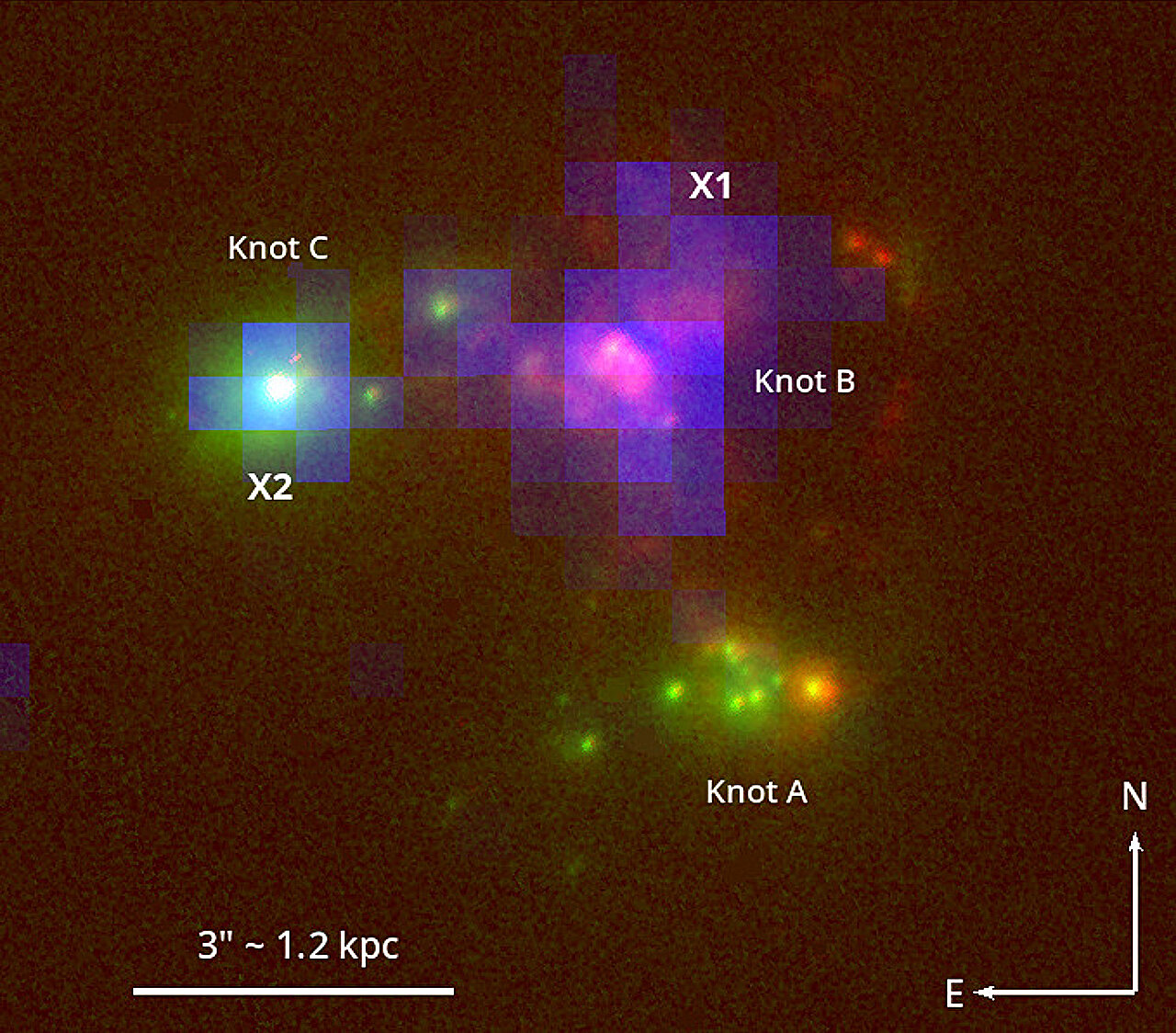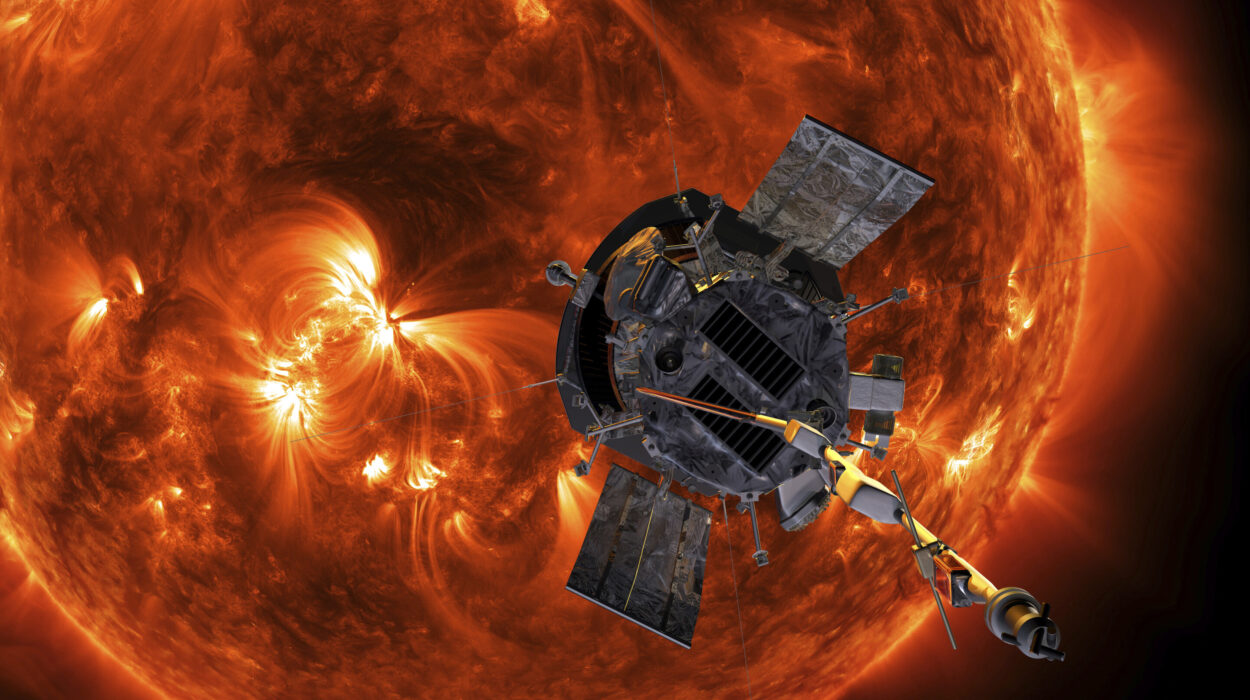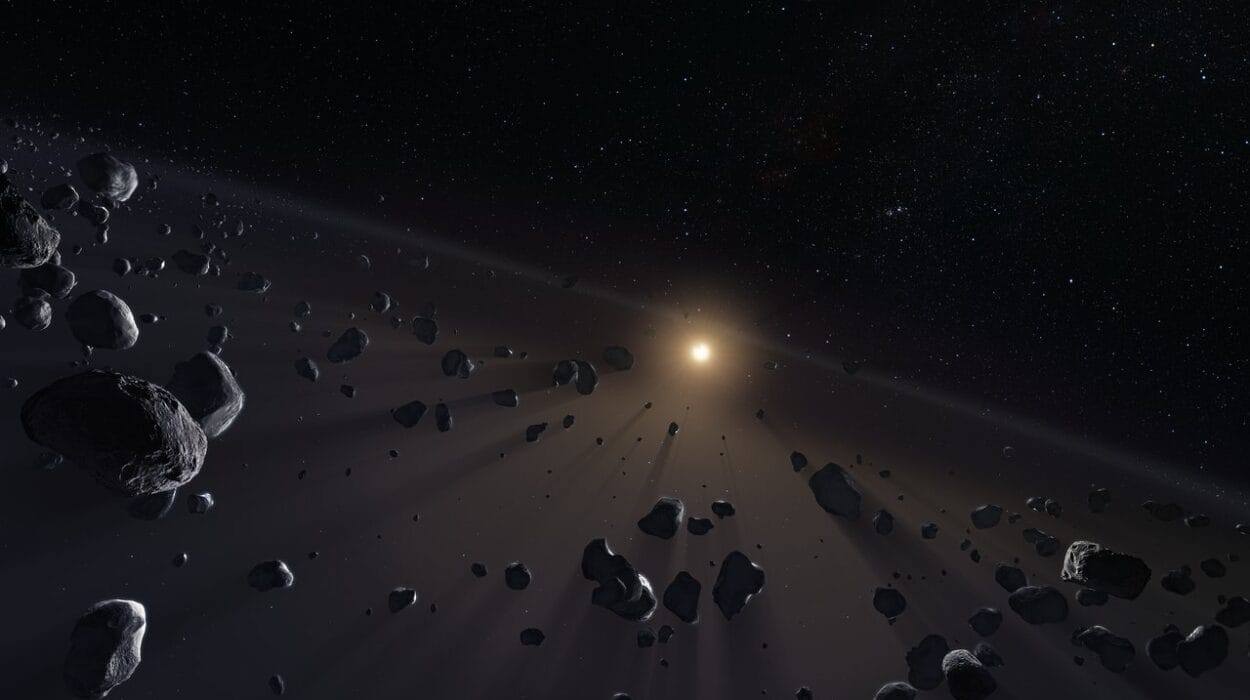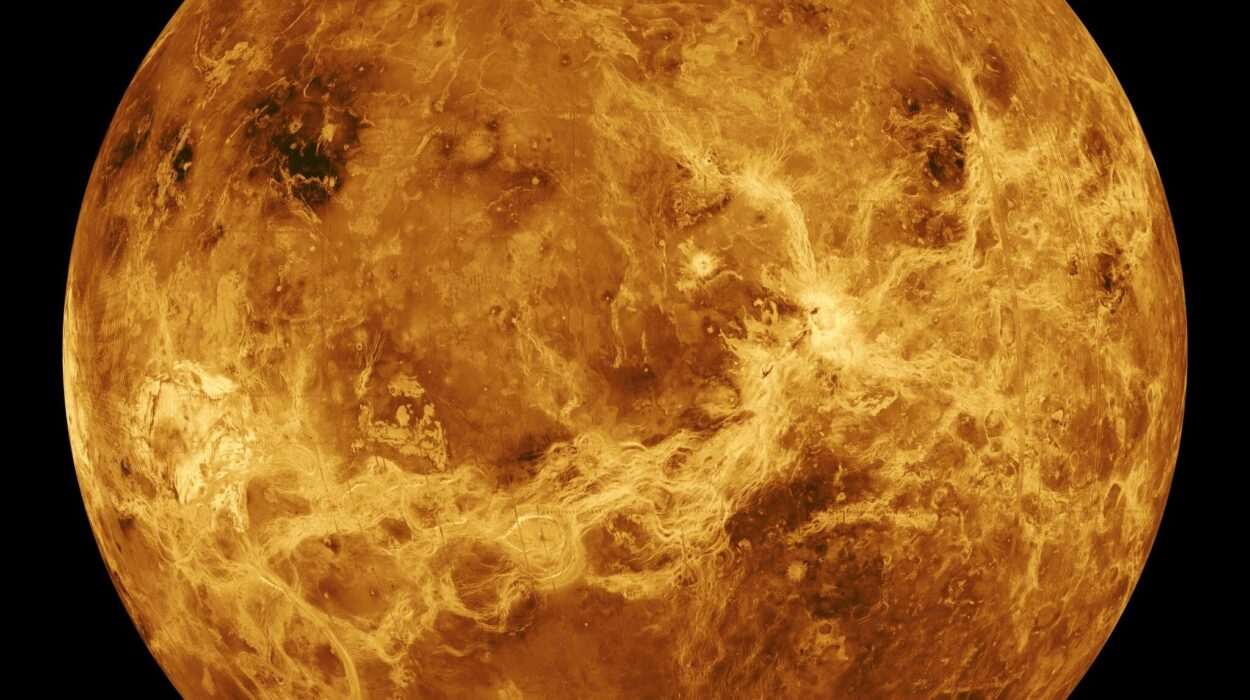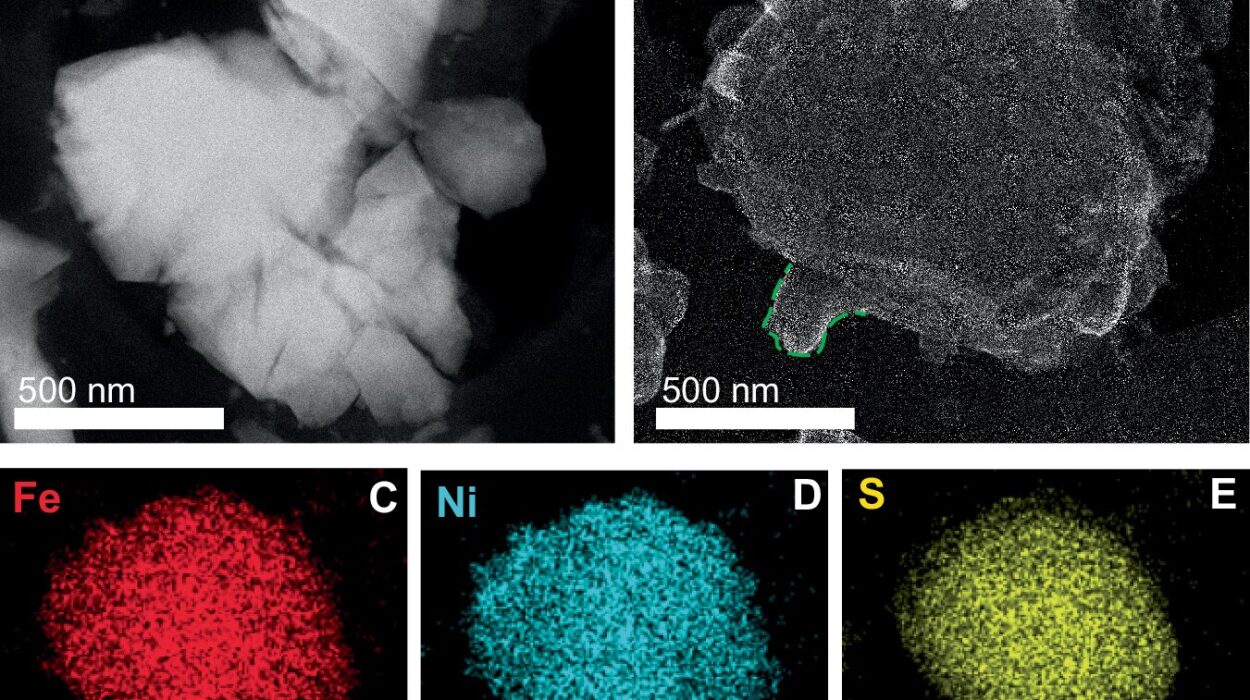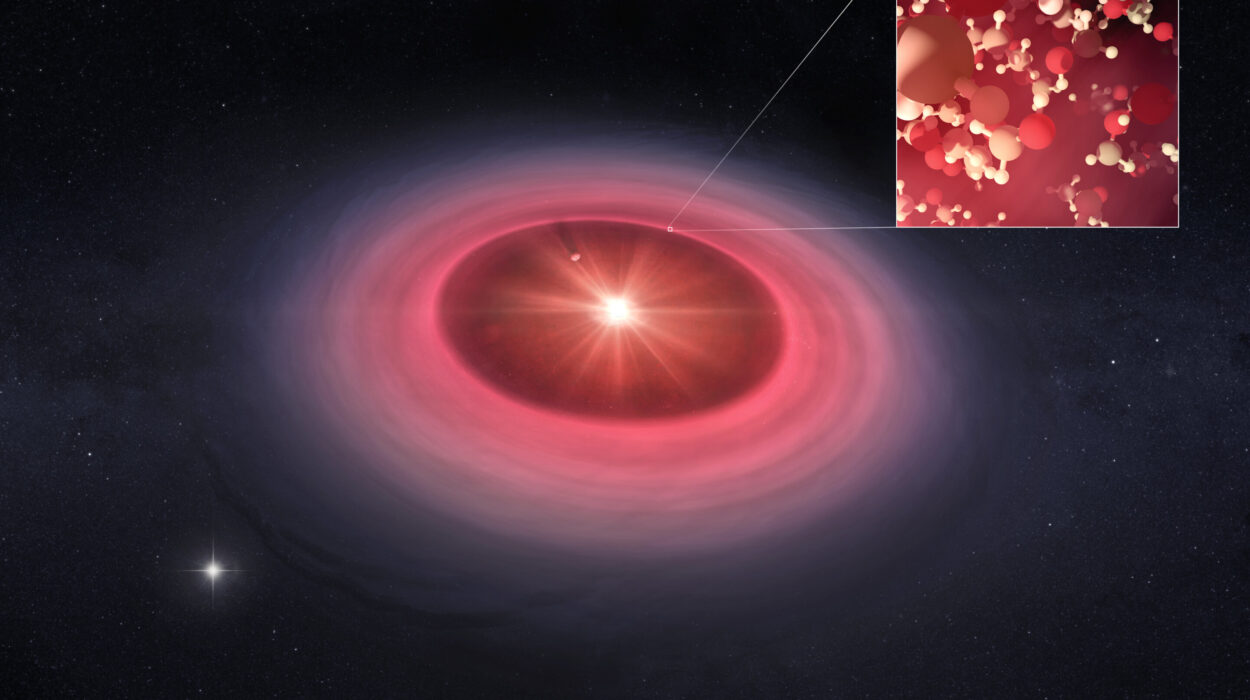In a universe that was once dark, cold, and opaque, something extraordinary happened a few hundred million years after the Big Bang. The first stars and galaxies formed and began flooding space with ionizing radiation, transforming the cosmos from murky to magnificent in a pivotal period called cosmic reionization. While this transformational phase remains one of the greatest puzzles in cosmology, a recent breakthrough study brings us one step closer to solving it—by peering into a nearby galactic firestorm.
Our research, recently published in Astronomy & Astrophysics, dives deep into the chaotic heart of Haro 11, a nearby starburst galaxy that is energetically blowing out powerful, X-ray-emitting superwinds. Using detailed observations from NASA’s Chandra X-ray Observatory and ESA’s XMM-Newton, we uncover a compelling connection between these turbulent winds and the escape of ionizing radiation—specifically, Lyman continuum (LyC) photons, the same kind of radiation believed to have reionized the early universe.
Haro 11: A Rare Galactic Laboratory
Why Haro 11? Because it’s rare, exotic, and crucial. Haro 11 is one of the few local Lyman continuum emitters—a class of galaxies capable of letting ionizing radiation escape their dense interstellar cocoons. Galaxies like Haro 11 offer us a chance to examine the physical mechanics of LyC photon escape up close, in detail impossible to achieve with their ancient, high-redshift cousins, which lie far across the cosmos and time.
These local analogs act like fossilized clues from a bygone era, helping scientists reconstruct how the universe went from lightless to luminous.
Two X-ray Sources, One Cosmic Puzzle
At the core of Haro 11 are two potent X-ray sources, dubbed X1 and X2, each anchored within intense stellar nurseries known as Knots B and C, respectively. Both are suspected to harbor ultraluminous X-ray sources (ULXs)—compact objects like neutron stars or black holes accreting matter at astonishing rates.
But here’s the twist: although X1 is brighter in X-rays, it’s X2—the fainter sibling—that allows more LyC radiation to escape. That’s a cosmic contradiction. One might expect that the brighter the X-ray source, the more energetic the feedback, and hence more escape routes for LyC photons. But the reality seems more nuanced.
To unravel this mystery, we performed in-depth spectral modeling of both sources, analyzing how X-rays of different energies are absorbed or transmitted by surrounding material. What we found was striking: X2 is veiled by ten times less gas and dust than X1. This low line-of-sight absorption suggests a relatively clear corridor for LyC photons to break free—possibly carved out by the galaxy’s own internal fireworks.
Starburst-Driven Superwinds: The Galactic Escape Artists
So how does X2 maintain such a clear path while X1 remains shrouded?
The likely answer: superwinds—fierce, large-scale outflows powered by rapid star formation and clustered supernovae. These galactic hurricanes can punch holes in the interstellar medium, sweep away gas and dust, and create channels through which LyC radiation can escape. Think of them as natural blowtorches clearing a path to the cosmic void.
To further probe this idea, we employed Principal Component Analysis (PCA), a powerful technique often used in machine learning and data compression, but equally adept at teasing out hidden patterns in X-ray spectra. PCA allowed us to detect subtle spectral and temporal variations in both X1 and X2—differences that might otherwise go unnoticed.
The results were compelling. We observed spectral signatures consistent with hot, ionized gas, including emission lines from highly ionized magnesium and silicon—classic hallmarks of superwind activity. These fingerprints closely resemble those seen in well-studied galactic outflows, such as those from Messier 82 (the “Cigar Galaxy”) and NGC 253 (the Sculptor Galaxy), both prototypes of starburst-driven winds.
A Breakthrough in Understanding LyC Escape
For the first time, our study provides statistical evidence linking X-ray variability—caused by starburst superwinds—to LyC leakage. This is a crucial milestone. While theoretical models have long predicted that such winds can clear escape routes, direct observational evidence remained scarce. Haro 11 now stands as a key observational linchpin connecting supernova feedback, hot plasma outflows, and the actual escape of ionizing photons.
This finding reshapes our understanding of how early galaxies may have pierced the dense fog of the infant universe, contributing to the ionization of the intergalactic medium (IGM) over 13 billion years ago.
Implications for Cosmic Reionization
Our results feed into a broader narrative gaining traction in astrophysics: that stellar feedback—winds, explosions, radiation pressure—plays a pivotal role in galactic evolution and in the transparency of the universe itself.
During the epoch of reionization, the universe was dominated by small, young, star-forming galaxies. These galaxies, like Haro 11, likely experienced intense starburst episodes, releasing enough energy to drive superwinds. These outflows not only enriched the IGM with metals but also tore open pathways for ionizing photons to escape, reionizing hydrogen and lifting the cosmic fog.
Because early galaxies are incredibly faint and distant, they are difficult to observe in the X-ray spectrum. But nearby LyC emitters like Haro 11 act as time machines, allowing us to study in fine detail what might have occurred across the cosmos during its formative years.
What Comes Next?
Our study underscores the critical need for next-generation X-ray observations with higher resolution and sensitivity. Identifying weak emission lines, pinpointing absorption features, and mapping ionized plasma flows in other LyC-emitting galaxies could reveal whether Haro 11 is unique—or just the first in a family of similar objects.
Upcoming telescopes like Athena (Advanced Telescope for High-ENergy Astrophysics) and proposed missions such as Lynx could revolutionize our ability to study faint X-ray emission from both nearby and distant galaxies.
Additionally, multiwavelength synergy—combining optical, infrared, ultraviolet, and X-ray data—will be vital for painting a complete picture of how galaxies regulate the escape of radiation and evolve over time.
The Big Picture
In unraveling the complex anatomy of Haro 11, we’ve uncovered a galactic engine fueled by stellar fury—a system whose chaotic superwinds may hold the key to one of the universe’s greatest transformations. The story of Haro 11 is more than an X-ray tale; it’s a chapter in the epic saga of cosmic reionization, a bridge between the distant past and our observable present.
By studying the small, we learn about the grandest processes. And as galaxies like Haro 11 continue to blaze and blow through their cosmic neighborhoods, they may yet illuminate how the early universe emerged from darkness—one escaping photon at a time.
Reference: A. Danehkar et al, Disentangling the X-ray variability in the Lyman continuum emitter Haro 11, Astronomy & Astrophysics (2024). DOI: 10.1051/0004-6361/202449388
